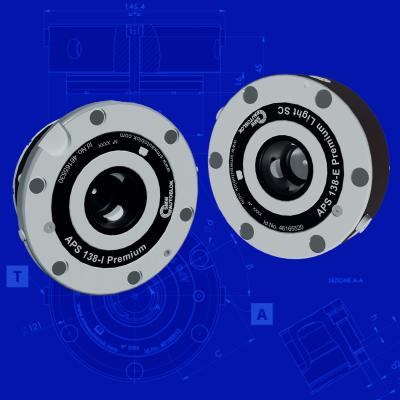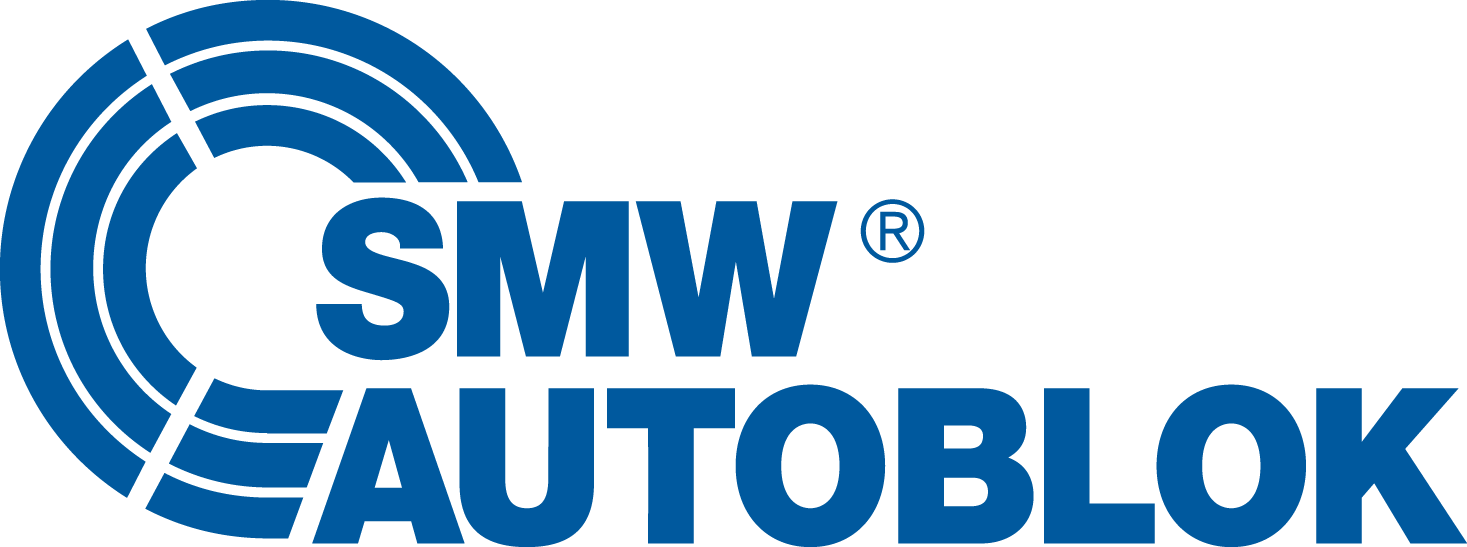
The APS 138 E and APS 138 I zero-point clamping modules from SMW Autoblok are engineered to deliver <0.005 mm repeatability, maximum rigidity, and universal interface compatibility across nearly all zero-point systems currently in the market.
The company says the APS 138 series enables high-speed part changeover, full automation support, and superior machining accuracy across turning, milling, and grinding operations.
With the APS 138-E for external mounting and APS 138-I for integrated, built-in applications, both modules provide the same mechanical performance characteristics: a three-jaw clamping design, spring-actuated locking, and TURBO-assisted pull-down forces up to 26 kN. Holding force reaches 75 kN using standard ISO 4762-12.9 screws, and modules can be unlocked pneumatically at 6 bar via side or bottom actuation.
The APS system serves as a universal interface between the machine tool, clamping device, and workpiece. It requires no traditional fixturing methods and is ideal for pallet automation and modular setup.
All APS modules are Proofline sealed, fully protected against coolant, corrosion, and swarf. An integrated air purge system for cleaning and locating surfaces is standard, helping maintain chip-free mating surfaces, essential for automation and high-tolerance part handling. Select models support pneumatic stroke control (SC) for real-time monitoring and feedback during robotic load/unload cycles.
The three-jaw system includes 3 clamping slides, providing higher pull-down forces and eliminating the need for special setups during multi-directional milling operations. The APS 138 series is fully suitable for automation, supporting both manual and robotic workflows without compromising speed or accuracy.
Contact Details
Related Glossary Terms
- coolant
coolant
Fluid that reduces temperature buildup at the tool/workpiece interface during machining. Normally takes the form of a liquid such as soluble or chemical mixtures (semisynthetic, synthetic) but can be pressurized air or other gas. Because of water’s ability to absorb great quantities of heat, it is widely used as a coolant and vehicle for various cutting compounds, with the water-to-compound ratio varying with the machining task. See cutting fluid; semisynthetic cutting fluid; soluble-oil cutting fluid; synthetic cutting fluid.
- gang cutting ( milling)
gang cutting ( milling)
Machining with several cutters mounted on a single arbor, generally for simultaneous cutting.
- grinding
grinding
Machining operation in which material is removed from the workpiece by a powered abrasive wheel, stone, belt, paste, sheet, compound, slurry, etc. Takes various forms: surface grinding (creates flat and/or squared surfaces); cylindrical grinding (for external cylindrical and tapered shapes, fillets, undercuts, etc.); centerless grinding; chamfering; thread and form grinding; tool and cutter grinding; offhand grinding; lapping and polishing (grinding with extremely fine grits to create ultrasmooth surfaces); honing; and disc grinding.
- milling
milling
Machining operation in which metal or other material is removed by applying power to a rotating cutter. In vertical milling, the cutting tool is mounted vertically on the spindle. In horizontal milling, the cutting tool is mounted horizontally, either directly on the spindle or on an arbor. Horizontal milling is further broken down into conventional milling, where the cutter rotates opposite the direction of feed, or “up” into the workpiece; and climb milling, where the cutter rotates in the direction of feed, or “down” into the workpiece. Milling operations include plane or surface milling, endmilling, facemilling, angle milling, form milling and profiling.
- swarf
swarf
Metal fines and grinding wheel particles generated during grinding.
- turning
turning
Workpiece is held in a chuck, mounted on a face plate or secured between centers and rotated while a cutting tool, normally a single-point tool, is fed into it along its periphery or across its end or face. Takes the form of straight turning (cutting along the periphery of the workpiece); taper turning (creating a taper); step turning (turning different-size diameters on the same work); chamfering (beveling an edge or shoulder); facing (cutting on an end); turning threads (usually external but can be internal); roughing (high-volume metal removal); and finishing (final light cuts). Performed on lathes, turning centers, chucking machines, automatic screw machines and similar machines.

